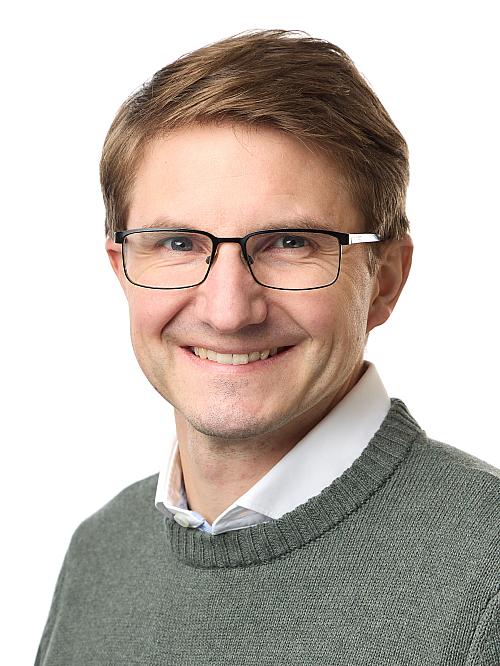Trial Lecture: Jakob Olofsson
New Associate Professor lectures on smarter designs using casting
%20Jakob%20Olofsson%20ny%20bild%20f%C3%B6r%20publicering.jpg)
On Monday 18 January, Jakob Olofsson gave his trial lecture for the appointment as associate professor at the School of Engineering, Jönköping University. The title of the lecture was ‘’Casting, dinosaur skulls, cookies and trees: When differences unite into extraordinary structures’’. Jakob Olofsson is now an associate professor at the Department of Materials and Manufacturing, School of Engineering.
Jakob Olofsson’s research is within product development of cast components, with a focus on structural analyses - how to best design structures that are to be manufactured by casting, for example components for cars and chainsaws. When casting in metal, local material variations occur. Jakob Olofsson has developed methods for predicting these variations and how they can be used when calculating how much load the component can withstand, where there is a risk for component failure or how long the component will last.
‘’In nature, there are many examples of different structures that consist of a single material, where the material itself has local variations in the internal material structure, such as bone. In natural designs, these structural variations are tailored to enable extraordinary performance and damage tolerance. For example, structural variations in dinosaurs allowed them to bite into their prey without crushing their own skulls. Similar variations allow our hearts to pump blood without bursting the aorta,’’ says Jakob Olofsson.
During his trial lecture, he focused on how nature can inspire new, exciting, and more environmentally friendly products. His research journey has spanned both large and smaller scales - from meter-sized truck engines to nanoscale experiments at the ESRF synchrotron in Grenoble. Jakob Olofsson also presented the computer techniques he has developed together with his research colleagues:
‘’For example, using the methods we have developed, the automotive industry can design lightweight and strong cast components, and thereby reduce the material consumption and carbon dioxide emissions during the production, service, and recycle stages of the lightweight component life cycle. This provides many advantages to create better products and manufacturing but also new methods and collaborative opportunities for designers, structural analysts and manufacturers.’’
In the near future Jakob Olofsson is planning to continue with his research on how new computer technologies can be used in various ways in the industry. He is also interested in the product development process for tailored cast components – how to enable computational predictions in order to control the local material properties and, just like nature, tailor and use these local properties to create even better and more efficient structures in the future.
‘’I hope to find new and exciting areas where these techniques can be utilized to create smarter designs,’’ says Jakob Olofsson.
CONTACT
- Head of Department
- School of Engineering
- jakob.olofsson@ju.se
- +46 36-10 1659

